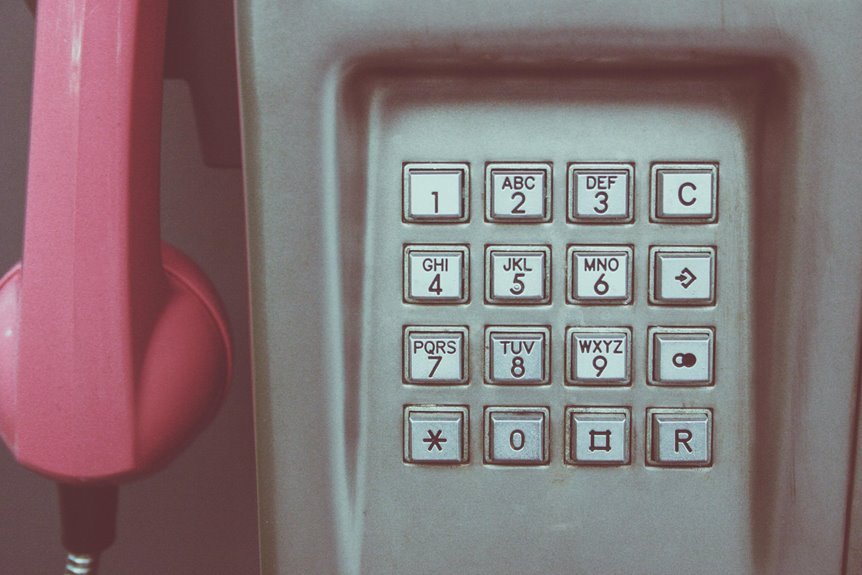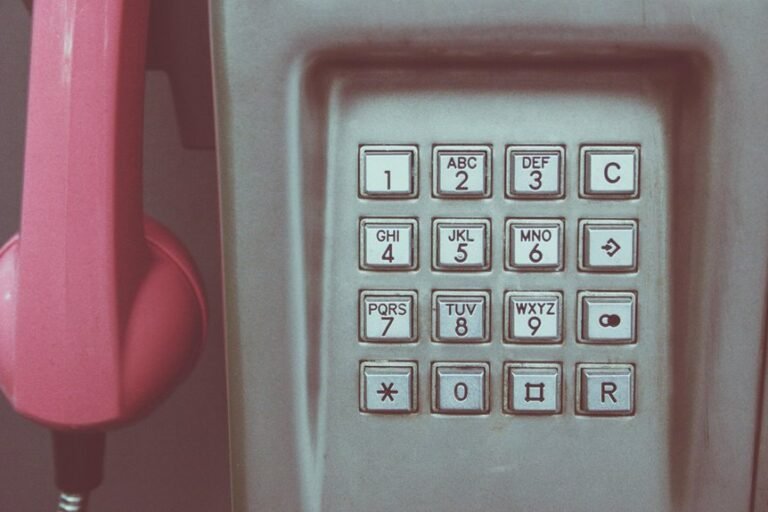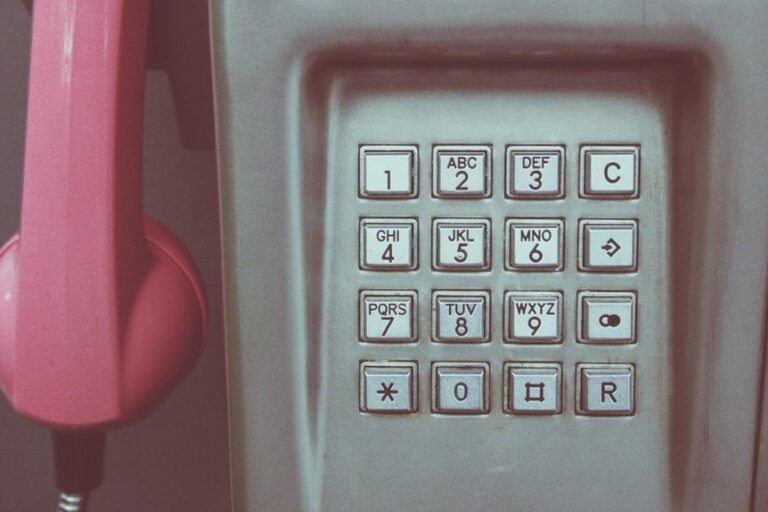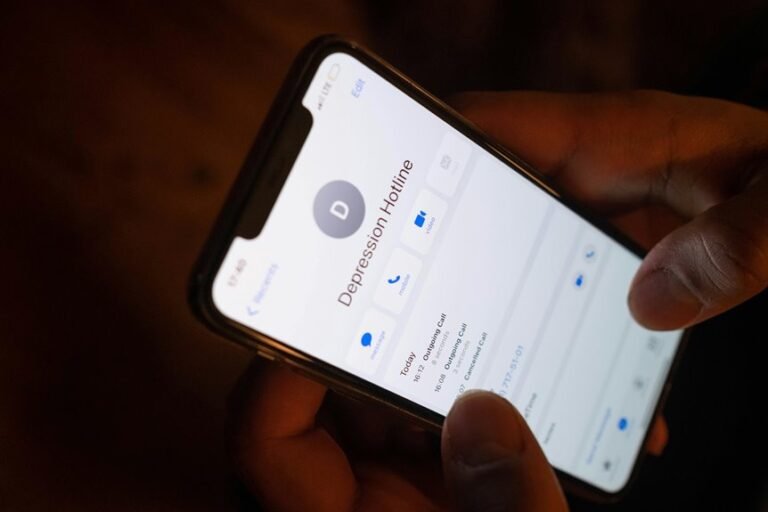Called by Scam? Find Out Now! 5592574354, 5592574372, 5593355226, 5593535001, 5593669389, and 5593897645
The emergence of specific phone numbers can often prompt concern regarding potential scams. Numbers like 5592574354, 5592574372, and others have raised questions about their origins and intentions. Analyzing these calls reveals patterns that may indicate fraudulent activity. What tactics are commonly associated with these numbers? Understanding the broader context of such calls is crucial. The investigation into these suspicious contacts reveals more than just their origins; it uncovers a network of deception.
Understanding the Caller IDs: Who’s Behind These Numbers?
How can one discern the true identity behind a seemingly innocuous caller ID?
Employing caller identification techniques, individuals can enhance their ability to unmask potential spam calls. This involves analyzing patterns, utilizing reverse lookup services, and leveraging community-shared databases.
Through diligent scrutiny, one can empower themselves, preserving their freedom from unsolicited intrusions, while fostering a more informed approach to managing communication in an increasingly deceptive digital landscape.
Common Scams Associated With These Numbers
Although many individuals may not realize it, various scams frequently exploit seemingly legitimate caller IDs to manipulate unsuspecting victims.
Common scams linked to these numbers often employ sophisticated scam tactics, including impersonation of government agencies or financial institutions.
Caller techniques may involve urgent requests for personal information or money, preying on individuals’ fears and trust, further highlighting the need for vigilance in recognizing such deceitful practices.
Steps to Protect Yourself From Phone Scams
As individuals navigate an increasingly complex landscape of phone scams, they must adopt proactive measures to safeguard their personal information and finances.
Recognizing red flags, such as unsolicited requests for sensitive data, is crucial. Reporting scams to authorities not only aids personal protection but also assists in dismantling fraudulent operations.
Empowering oneself through awareness can significantly reduce the risk of falling victim to these deceptive practices.
Conclusion
In the age of digital communication, the rise of phone scams poses a significant threat to personal security. As the saying goes, “better safe than sorry,” and it is crucial to remain vigilant when receiving calls from unfamiliar numbers. By utilizing caller ID analysis and community resources, individuals can safeguard themselves against potential fraud. Staying informed and proactive can make all the difference in navigating this treacherous landscape, ensuring that one does not fall prey to deceptive tactics.






